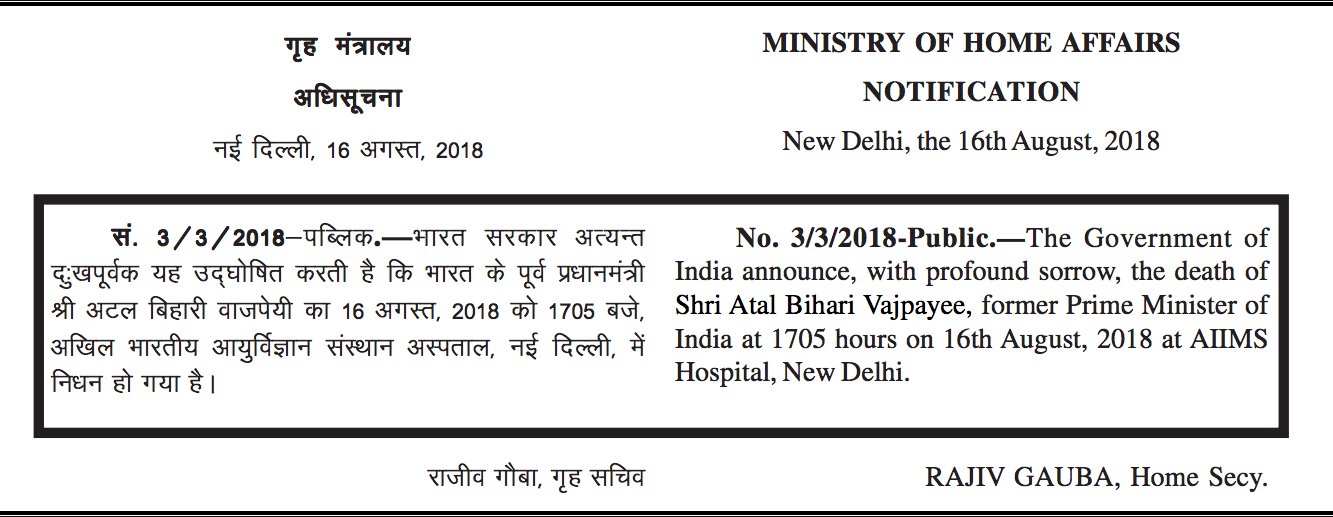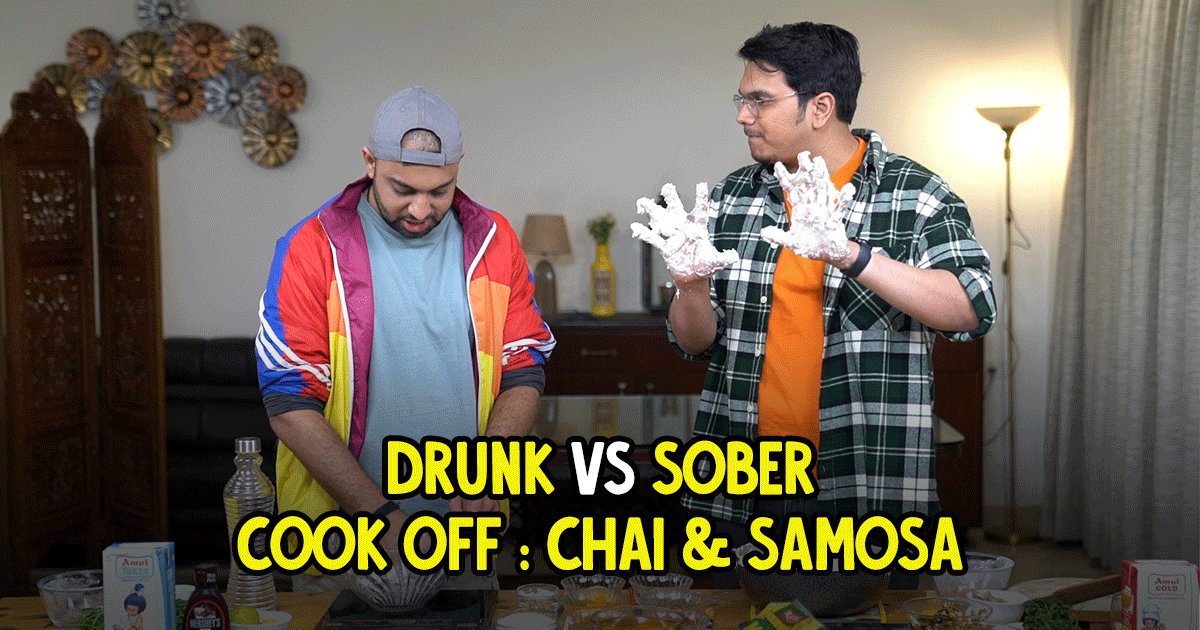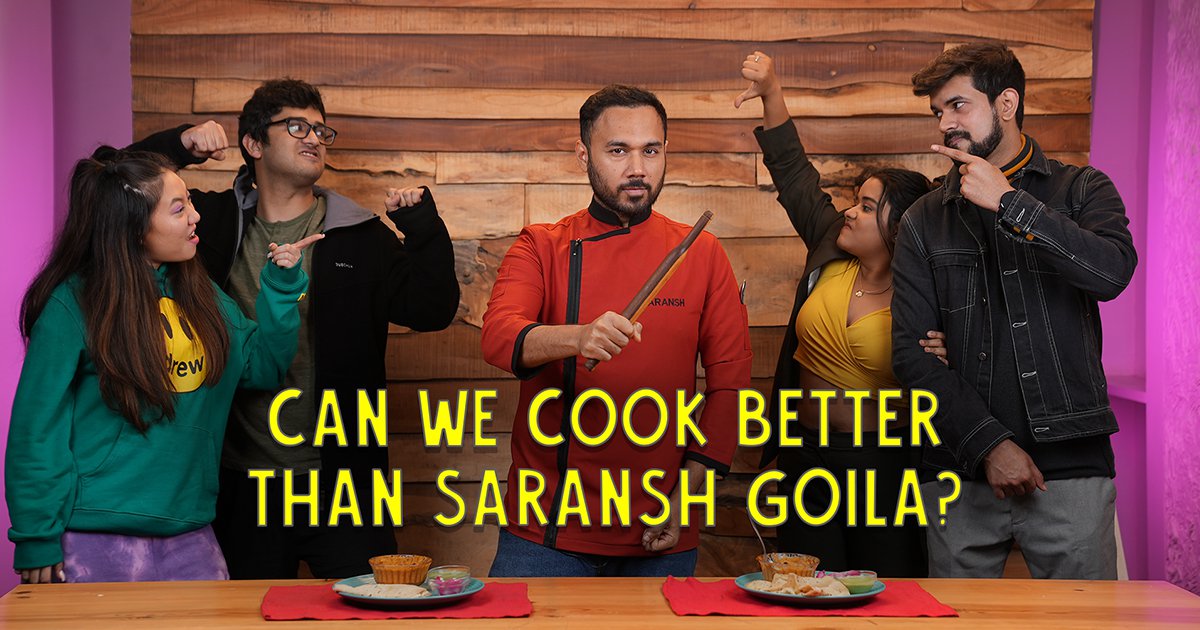This announcement has left us all wondering, what exactly is the protocol that is followed for mournings and funerals? We have it all simplified for you.
Former Foreign Minister Sushma Swaraj was cremated with full state honours today. The Delhi government has also announced a 2-day period of state mourning for the politician’s death.
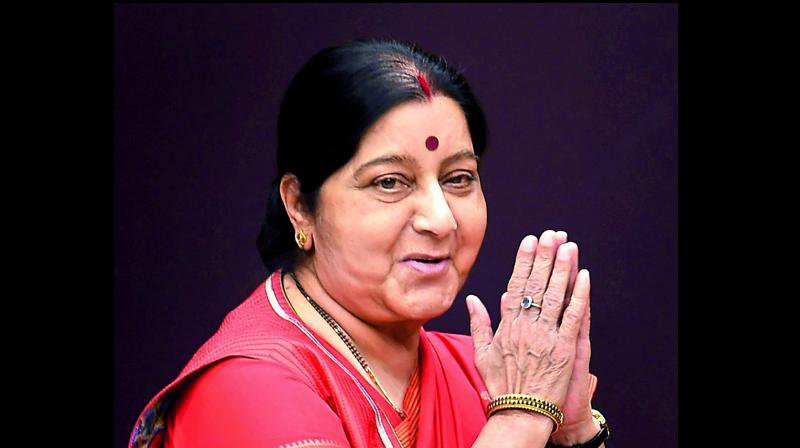
A period of national mourning is observed on the death of a President or a Prime Minister, both former or sitting.
This is usually nationwide. A state mourning can be announced when a dignitary of significance to the State passes away. This is on the passing of a Governor or Chief Minister of a state. Typically, for any other dignitaries, a state mourning is not observed, but under some circumstances the Central Government may issue special instructions. This includes persons who have made exemplary contributions in the fields of politics, literature, law, science and arts.
Soon after the death of the dignitary, their Secretary has to inform the Secretary of the Minister of Home Affairs. The Ministry of Home Affairs then sends an official communication about the death of central dignitaries to the State Governments, Secretaries to Governors, L.Gs., Chief Commissioners and Administrators of Union Territories, through telegrams. Lastly, the Ministry of Home Affairs will inform All India Radio and Doordarshan who will announce the death/official mourning of the dignitary immediately after intimation from the Home Ministry.
The funeral of the dignitary is given with state honours.
Officially termed a ‘State Funeral’, the funeral arrangements are made strictly according to protocol like an escort, procession, gun salute among other things. A state funeral is to be accorded in the event of the death of the President, Prime Minister, a former President or a Governor. At the same time, it is the duty of the government to order a state funeral for any other dignitary or individual.
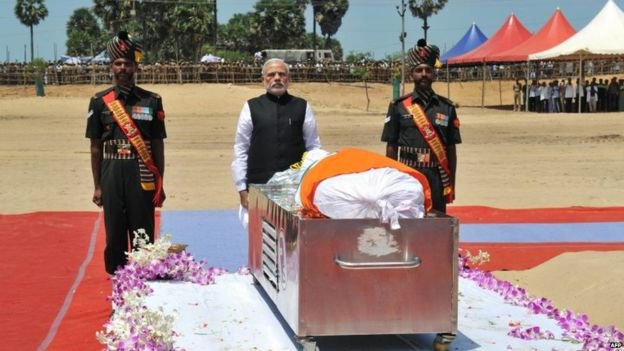
Here are some protocols followed on the event of a state funeral.
The National Flag is hoisted at half-mast.
As per the Flag Code of India, the flag is flown at half-mast. The President is solely responsible for the decision, and he also decides the period for which the flag is hoisted half-mast. In case of union dignitaries, the half-mast is observed throughout India, and all Indian missions and posts globally. In the case of state dignitaries, the half-mast is observed throughout the state concerned.

A public holiday is declared.
Earlier, the government could declare a national holiday on the occasion of a state funeral. Now, in accordance with a 1997 central government notification, the announcement of a public holiday during state mourning has been restricted to during the death of a sitting prime minister or president. Only a half-day holiday can be observed. But in cases where a state dignitary has passed away, the state government can take the decision to declare a public holiday. Other states can also extend a holiday to their states based on their interest.
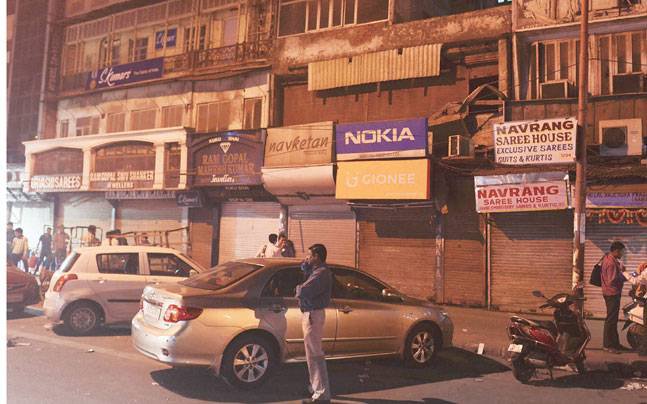
Restriction on ceremonies and official entertainment.
There is a restriction on entertainment during the period of mourning. No ceremonial functions will be organised and there shall be no official entertainment during the period of state mourning.
Draping of the National Flag on the deceased’s bier or coffin.
The deceased person’s bier or coffin is draped with the national flag with saffron towards the head of the bier or coffin while lying in state (tradition in which the body of a dead official is placed either outside or inside a coffin, to allow the public to pay their respects.) The flag should not be lowered into the grave or burned in the pyre. Draping of the national flag is only allowed in a ‘State/Military/Central Para Military Forces’ funerals. Draping of the national flag in any other private funeral is an offence.
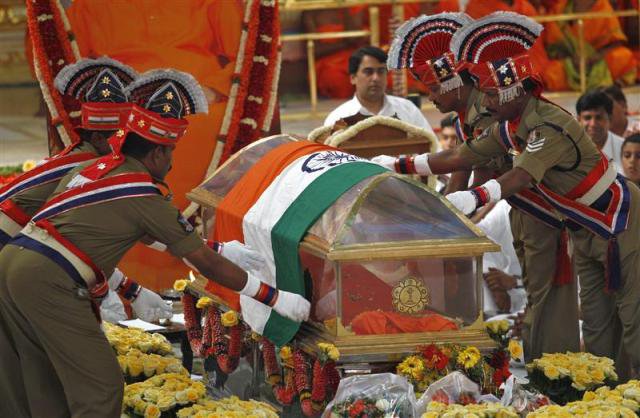
The deceased is honoured with a gun salute.
While the dignitary is being cremated or buried, they are honoured with a 21-gun salute, typically by policemen. In the case of funeral with military honours, the gun-salute is delivered by the armed forces.
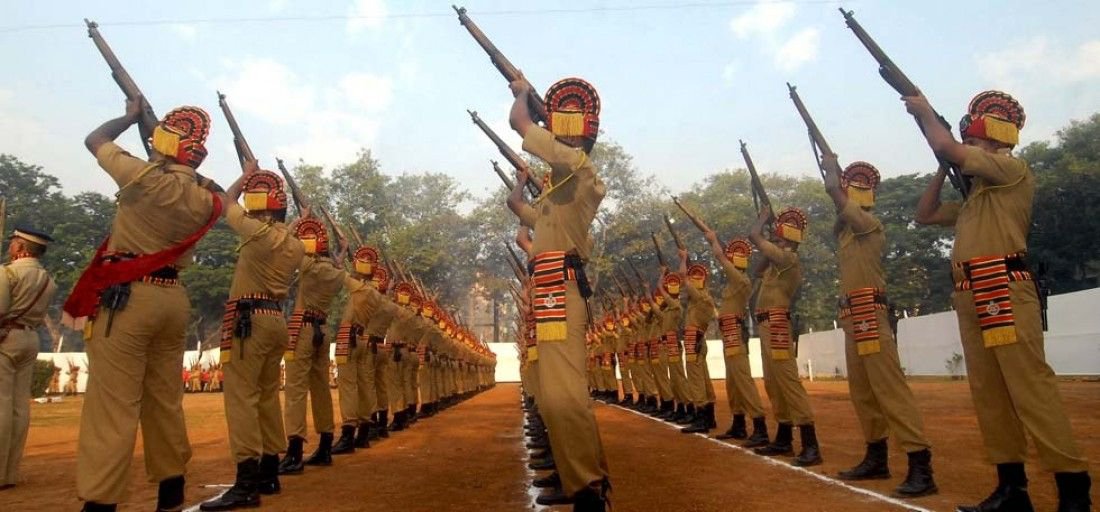
Attendees of the state funeral.
A state funeral is attended by all the gazetted officers of the government present in the station.
Funeral Procession.
The main procession will normally start from the residence of the deceased or the place where the body is lying. The body will be brought escorted by a small party in vehicles. In the case of the death of the President, a vigil body is on duty, consisting of senior officers from the three armed forces.
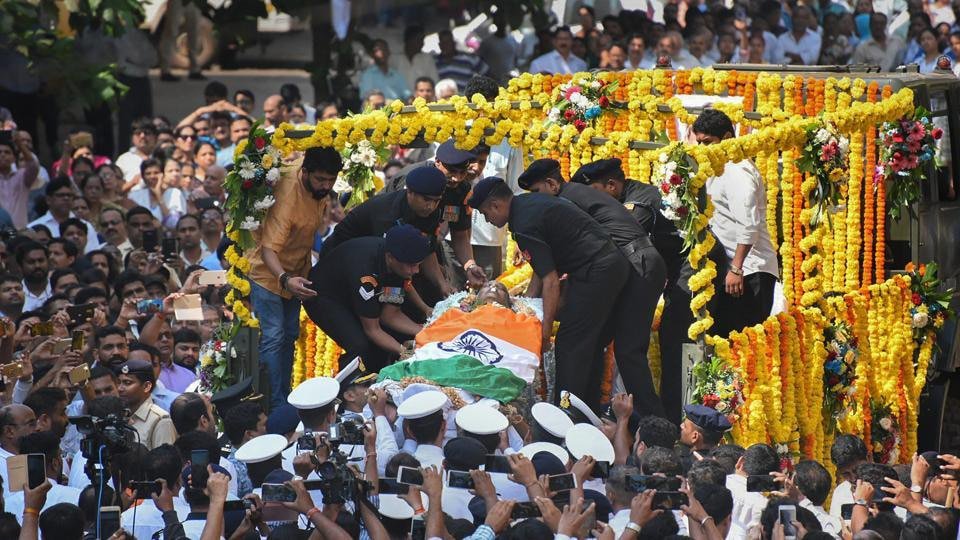
So what happens after a state funeral?
After the death of the dignitary and their state funeral, a gazette notification is issued by the government announcing the death. The notification is issued with a black border. It would look something like this.
